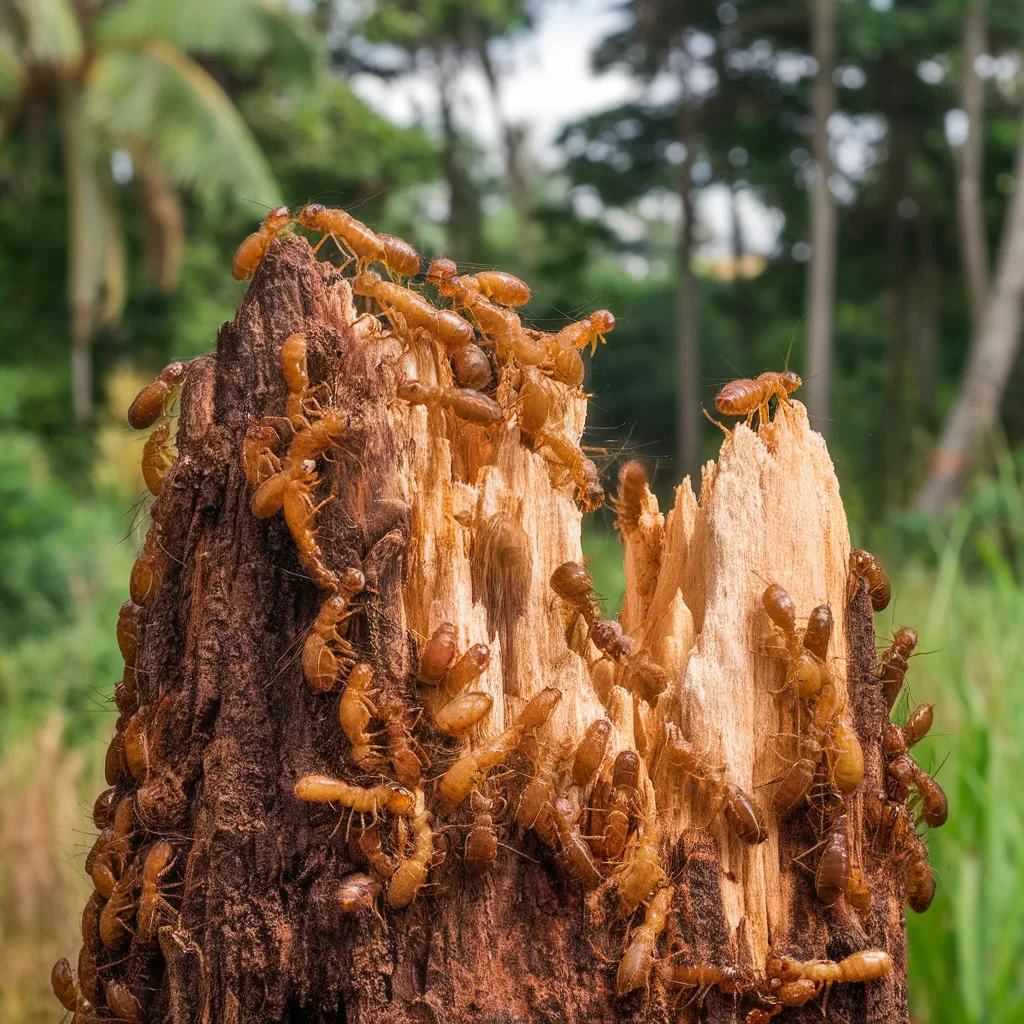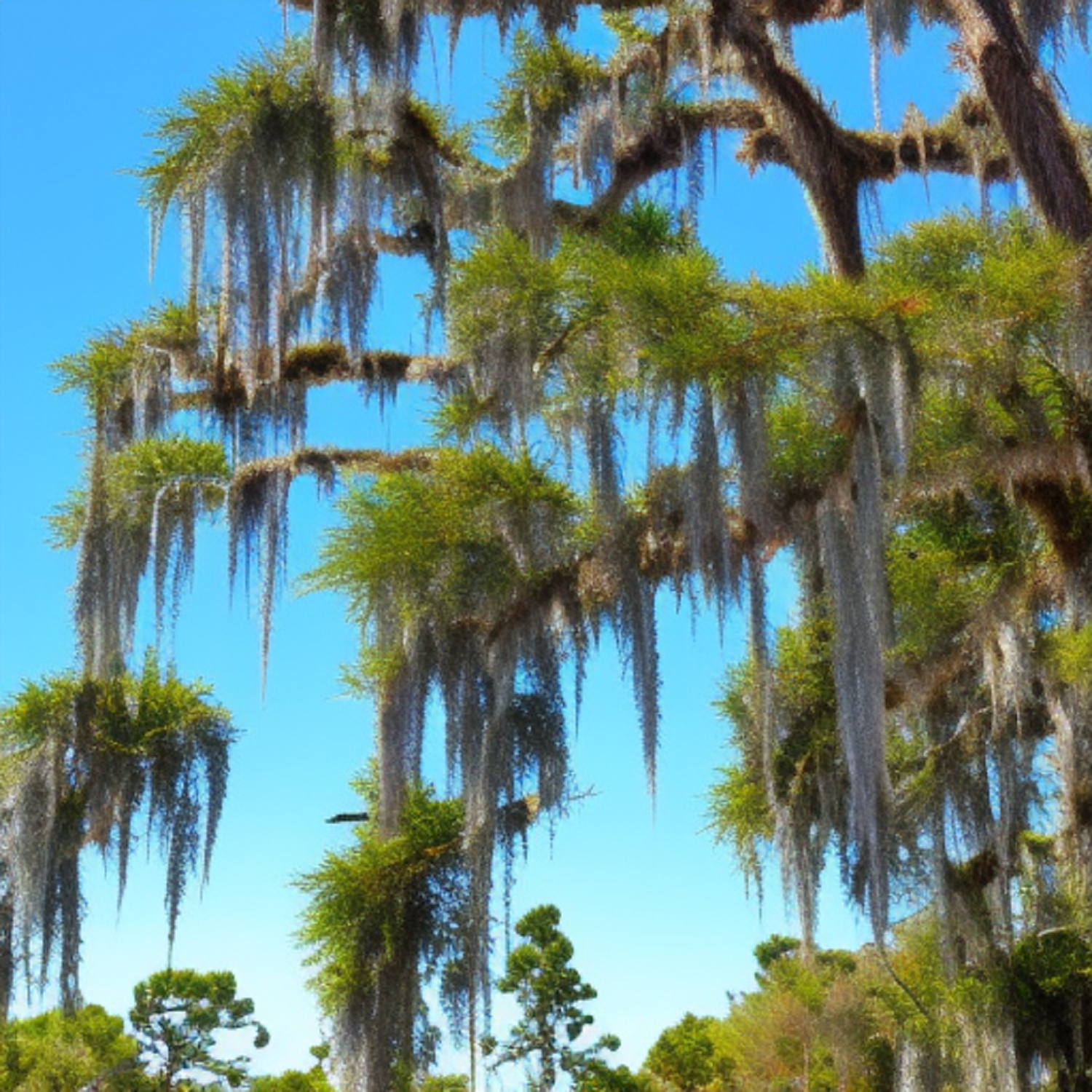Norway spruce trees (Picea abies) are among the most majestic of all the evergreen conifers, offering a striking combination of height and lush green foliage. With their lush green needles year-round, Norway spruces make an excellent choice for ornamental landscaping or a home windbreak.
If you’re looking for advice on how to plant and care for your Norway Spruce tree, then this comprehensive guide is just what you need! Here we’ll explain everything from choosing the perfect planting site to proper pruning techniques – our step-by-step approach will help ensure that your Norway Spruce reaches its full potential.
You’ll also find out why these amazing specimens require some extra attention during both summer and winter months – follow our tips to give your Norway Spruce healthy nutrition and protection against diseases so that it will thrive in your landscape for many years to come.
Choosing the Right Planting Site
Choosing the right planting site for your Norway Spruce tree is key to its successful growth and development. First, consider the climate requirements of this particular species. Norway spruces do best in regions with cold winters and hot summers, such as much of Canada or northern Europe.
However, it can be grown in other parts of the United States if given suitable care and protection from severe temperatures. When selecting a location to plant your Norway Spruce look for an area that offers at least 4 hours of direct sunlight every day.
You’ll also need to ensure that you find a spot with well-draining soil, even though these trees are quite tolerant to various soil types – from sandy loam through clayey soils but always prefer slightly acidic soils or pH levels between 5-7 (neutral).
Additionally check for any signs nearby structures, utility lines, or underground pipes that could pose potential hazards later on down the line before making a final decision – no matter how pretty it may appear!
Lastly, make sure the area gets plenty of water during Summer months as heavy mulching will help Keep moisture content consistent throughout dry seasons too!
Planting Your Norway Spruce Tree
Planting your Norway spruce can be an enjoyable and rewarding experience. Firstly, you must choose the best planting site for your tree – somewhere with plenty of sun exposure and well-draining soil is ideal. Be sure to dig a hole that’s wide enough so that the roots have plenty of space to spread out once settled.
Once planted, it’s important to water deeply but infrequently as this encourages good rooting deeper down into the soil rather than only near the surface. Fertilizing should be done every spring right before new growth emerges or when the needle color is not bright green; however, avoid high-nitrogen fertilizers which could leach away trace minerals from soils over time.
Finally, remember that pruning should always be done carefully; any severing of branches has long-term effects on how your tree will grow! With thoughtful care and attention to detail during its first few years of growth, your Norway Spruce can enjoy a healthy life in its new home for many decades ahead!
Caring for Your Norway Spruce Tree
Once you’ve selected the perfect location for your Norway Spruce tree, it’s time to get planting! Dig a hole five times as wide and deep as the root system of the container or ball in which your spruce is planted. To ensure adequate drainage, mix three parts topsoil with one part builder’s sand before filling in around the roots. Water your newly-planted spruce thoroughly and regularly after planting.
After planting, proper pruning is essential for maintaining a healthy Norway Spruce tree. Prune back any dead wood during late spring through midsummer; this will stimulate new growth while ensuring that there are no dangling branches that could be torn off due to high winds or heavy snowfall.
In addition, removing crossed branches helps reduce disease risk by increasing airflow around the twigs and needles of your Norwegian Spruce tree. Severely damaged branches should also be removed throughout the growing season if needed. Don’t forget to use clean secateurs when performing any kind of pruning!
Watering and Fertilizing Your Norway Spruce
Watering and fertilizing your Norway Spruce tree are two essential steps for ensuring the health and longevity of your spruce. To keep it well-hydrated, water your tree deeply at least once per week – more often if necessary during extreme heat or drought conditions – taking care to avoid saturating the ground around the roots.
For optimal growth, begin using a balanced, complete fertilizer with an NPK ratio of 10-5-5 in early spring when plants start to ramp up their metabolisms. Spread ¼ cup evenly on either side of the trunk out to twice its circumference and scratch it gently into the soil surfaces. Reapply every 6 weeks through late summer then again in mid-fall prior to frost. This routine will help keep fresh needles coming all season long!
Pruning and Trimming Your Norway Spruce
Pruning and trimming are essential components of caring for your Norway spruce. Pruning helps keep the tree healthy by removing any dead or diseased branches, while also allowing you to shape it into a pleasing form and size. Trimming is more about aesthetics – it can help create a uniform look around the top and sides of your tree.
When pruning or trimming, always be sure to use clean sharp tools and avoid cutting too close to the trunk as this can weaken the structure of the tree.
It’s best to begin pruning when your Norway Spruce is young before it’s fully matured – early-season springtime is ideal for vigorous spring pruning, which involves thinning out old growth towards the center section of branches so that light reaches lower stems on both sides. Cut just above buds facing outward away from each other — when selecting a bud angle, keep in mind that dense foliage will encourage upright branching as opposed to sideways spreading.
As your Spruce matures over years, annual maintenance pruning becomes necessary during late summer after new growth has occurred in order to achieve the desired size and maintain the overall beauty of conifer cone shapes created by individual needles themselves; never cut below one lateral branch leading into another larger one but rather make cuts between them (no closer than four inches).
Additionally, make sure not to exceed two-thirds when doing structural repairs on major trunks or stems back clearance slicing off entire limbs at their bases near ground level if need be; take caution though since excessive reshaping could negatively affect tree health moving forward!
Protecting Your Norway Spruce from Pests and Diseases
Protecting your Norway Spruce from pests and diseases is an important part of planting and caring for these trees. Common problems to watch out for include root rot, aphids, spider mites, and bark beetles. Fortunately, there are several measures you can take to prevent or minimize the damage caused by pests and diseases.
Firstly, proper maintenance is essential – make sure that leaves don’t accumulate around the tree’s base as this could attract insects or provide a space in which they can lay eggs.
Secondly, protect your newly planted young spruces with insect-resistant pesticides designed specifically for trees – follow manufacturer recommendations carefully when using any kind of product on your tree.
Lastly, utilize control products to manage existing pest infections – try spraying dilute solutions of neem oil extract onto affected areas every few weeks until all signs of infestation disappear.
The good news is that Norway spruces aren’t usually prone to very severe cases so following the tips above should help keep them looking their best!
Common Problems and Solutions
One of the most common problems experienced when growing Norway spruce trees is choosing and keeping the right location.
Norway spruces prefer to be planted in a lightly shaded area as they are not used to bright sunlight. When planting your tree make sure it has access to plenty of air circulation, but avoid extreme temperatures or windy spots which can cause harm to your tree’s foliage.
Once established, a regular layer of mulch around the base of your tree will help keep the roots cool and allow excess water to drain away more efficiently from the tree.
Another commonly encountered issue is finding an optimal watering schedule for your Norway Spruce. Over-watering can lead to root rot and decreased vigor, so making sure you irrigate only when necessary is essential for proper health maintenance.
During hot periods it may be necessary to water daily; however, during cooler spring months running out a hose, just once every couple weeks should suffice except during extremely dry conditions requiring extra irrigation efforts specifically targeted at younger saplings as they are more vulnerable in such seasons due underdeveloped root systems requiring larger amounts of moisture relative their adult counterparts.
In addition, fertilizers should also be added periodically throughout the growing season focusing additional attention on newly rooted areas as natural nutrient supplies will decrease over time.– Have some fun!




🌲 Love these magnificent larch trees! It’s so fascinating how they’re one of the few deciduous conifers – watching their needles turn golden in fall is pure magic ✨
Thanks for sharing this wonderful info about these unique beauties! 🍂 Nature never ceases to amaze me 💚
Always loved these trees
Love these trees too ☝
Norway Spruce, beautiful trees
Always loved these trees
Great tress. Hardy and easy to care for